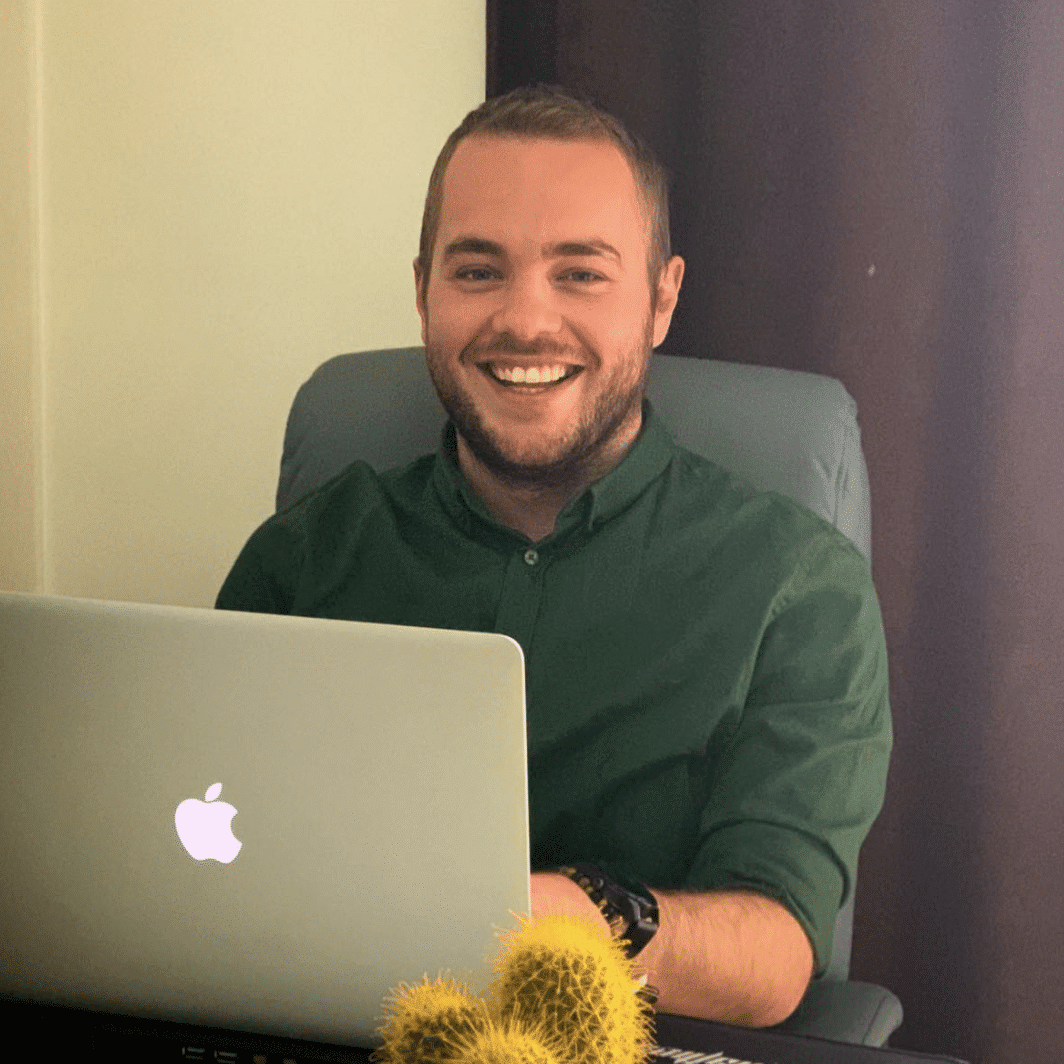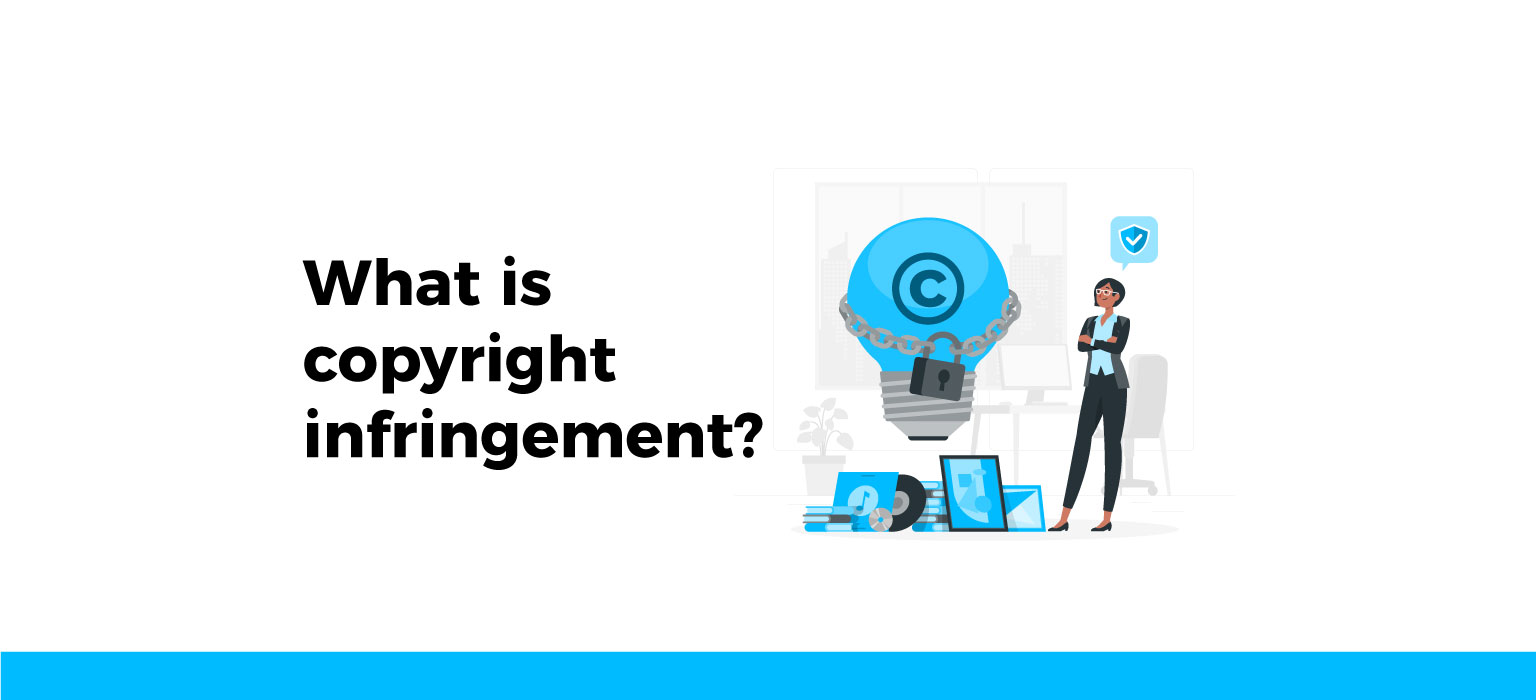Copyright infringement involves uploading a copyrighted work without the owner’s consent.
It is essential to remember that once a work, whether artistic or literary, is published, copyright is attached to it, and the publisher then becomes the work owner.
How copyright is violated in different ways will be demonstrated through examples.
- Illegal downloading of music files
- Uploading someone else’s work to a website
- Downloading licensed software from an unauthorized site
- Modifying and reproducing someone else’s work
- Displaying someone else’s photos online without permission
- Publishing videos with a song that is protected by copyright
- Sale of goods that contain images, logos, or texts directly to the author
All of the above mentions are covered by copyright law, making it illegal for anyone to use them for personal gain without obtaining permission from the copyright holder.
What is protected by copyright, and what isn’t?
The copyright law protects creative works, as the title says, and those who violate them will suffer the penalties.
Therefore, the following are protected by copyright law:
- Literary works
- Music compositions
- Dramatic works of art
- Choreographed and pantomimic performances
- Sculptures, artwork, and other artistic works
- Movie productions and other multimedia works
- Architectural designs and voice recordings
As understood from the above points, these are all individual artistic creations in which art is included in each of them.
Read also: Most famous cases of plagiarism
All these works are protected by copyright, and infringers may face financial or legal consequences if they copy or modify the job without the owner’s consent.
On the other hand, some works or creations are not covered by copyright. Let’s see through examples.
- Concepts, fashions, or methods.
- Formulae, equations, and recipes.
- Slogans, single words, names, and titles.
- People and how they appear.

These are all works or pieces of knowledge that fall under the general knowledge category and do not have a straightforward proprietor; hence copyright has no bearing on them.
People who adopt and use these ideas in their works or discuss them do not bear responsibility. They can use these points without running afoul of the law.
How to prove copyright infringement?
Although there are cases where copyright infringement is a bit difficult to prove, there are several ways you can prove it.
First, the copyright holder must verify that the copyright belongs to him. Second, it must show whether the person who copied that work had early access to that protected work.
And then prove that the original protected work was copied by showing similarities between the pieces.
But, if the copied work is not very similar and has few standard elements, it is difficult to verify.
Before you accuse someone of copyright infringement, ensure that the work in question complies with all the requirements mentioned earlier.
Before filing a case, gather all available evidence; on the other side, you need more to accuse someone of copyright infringement.
Two types of copyright infringement
As implied by the term, there are two categories of authorship rights violations: primary and secondary.
The primary violation is when a person has committed a direct offense, meaning that a complete act was included in its creation.
Secondary infringement, on the other hand, occurs when someone makes copies that violate the law. It makes it easier to copy them or other works subject to copyright restrictions.
In addition, the secondary work has two additional branches.
Contributory and consequential infringements are not prohibited by copyright law but are restricted by court decisions.
Someone who has infringed or contributed to copyright infringement may remain legally liable. And in this case, the court will decide if a specific person or a group of people has benefited from the violation of the principal offender, and the case will be judged on its basis.
Origins of copyright law
The copyright protection law was created on May 31, 1790, by the new constitution of the United States of America.
This act was enacted with a declaration stating that “Congress shall have power … to promote the progress of science and the useful arts, by granting authors and inventors for a limited time the exclusive right to their respective writings and discoveries.” “stated in article I. session 8.
Copyright gives the author the right to reproduce or distribute his work and may also license others to use it. At first, it was limited and protected original creations for only 14 years. These were filed in United States District Courts.
Copyright has evolved over the centuries; let’s see the progress made by this law in more detail.
You might also like: Translation plagiarism: Human-based translation case study
When the copyright protection law was passed, there was no specific place like the Library of Congress or the Copyright Office, so works had to be registered in the US District Court.
Congress
With the evolution of this law in the 18th century, Congress was also created, where the law was changed a little by specifying which creations were protected, and the duration of the protection of inventions became more than 14 years.
The exclusive rights of the author were extended, and the process for obtaining copyright was changed.
In the 19th century, it was decided that the Supreme Court had the power to set conditions for copyright and that no one would be attributed a copyright that is not by the law.
In 1900 – 1950, Congress passed the first comprehensive copyright law. During this century, the state legally protected unpublished works, while published ones had to have a copy with a named copyright holder.
A copyright term of 28 years was set with the possibility of renewal. It included a license for reproduction without the owner’s permission but in compliance with the provisions of the permit. Also, on February 15, 1972, the protection of sound recordings published after that date was extended.
From 2000 onwards, the duration of copyright protection became 70 years or more, 95 years after publication, or even 120 years after creating that work. This law is still in force today.
Exclusive rights of the owner of the copyright
The copyright holder has certain privileges over the work he has published.
- To make a copy of the creation
- To distribute the work
- To do derivative works
- To present the work to the public
- To display the product to the public
- To broadcast digital audio recordings of voices to the public

For all of the above, the author can license another person to contribute to these.
Also, the holder of the rights has the right to make copies of the creation for as long as he has the copyright.
Showing and broadcasting them to the public is complete copyright and does not cause harm to the owner.
Fair use of the materials
The fair use of a work is allowed according to copyright law. This type of use is permitted depending on the original work’s content and what the secondary outcome is claimed to contain. The use of original work is allowed to be used:
- If used for non-profit purposes, more precisely for educational purposes
- If the original work is wholly transferred to a new content and structure
- If you use only limited parts from the original
- If the value of the work with the copyright is not damaged
For a report from a significant work that includes criticism or remarks on that work, works with copyright protection are frequently cited, referenced, or utilized as samples. This occurs more precisely when a work is used as a sample in a study of the work.
Legal consequences for copyright infringement
When copyright is intentionally violated, there are legal repercussions that can include up to a five-year prison sentence and fines of up to $250,000.
In addition, civil judgments with compensation ranging from 750 to 30,000 dollars for damages for violating an author’s rights are included. Additionally, the offender may be ordered by the court to pay the fine, attorneys’ fees, and court costs associated with the alleged offense.
Copyright infringement – a brief overview
So, in general, copyright includes a right given to an author to publish, reproduce, or distribute his creations. At the same time, copyright infringement is when a person, without the rights holder’s permission, copies, prints, or downloads his work.
The law on copyright protection generally assures the rights holders that none of their work may be published or distributed without their permission.
On the contrary, the person who publishes, distributes, or modifies without the rights holder’s permission faces the consequences that are determined according to the law.
Last but not least, copyright protection is crucial for both aspiring artists and those with established careers. Furthermore, dealing with copyrighted material at all times requires having a thorough awareness of how copyright infringement occurs.

Korab has dedicated the past decade to the marketing industry, focusing specifically on the intricate field of Search Engine Optimization (SEO). Despite his background in development, Korab’s unwavering passion for marketing drives his commitment to success in the field.
He’s been an Inter fan since he was a kid, which makes him highly patient for results.
Korab does not hike.

